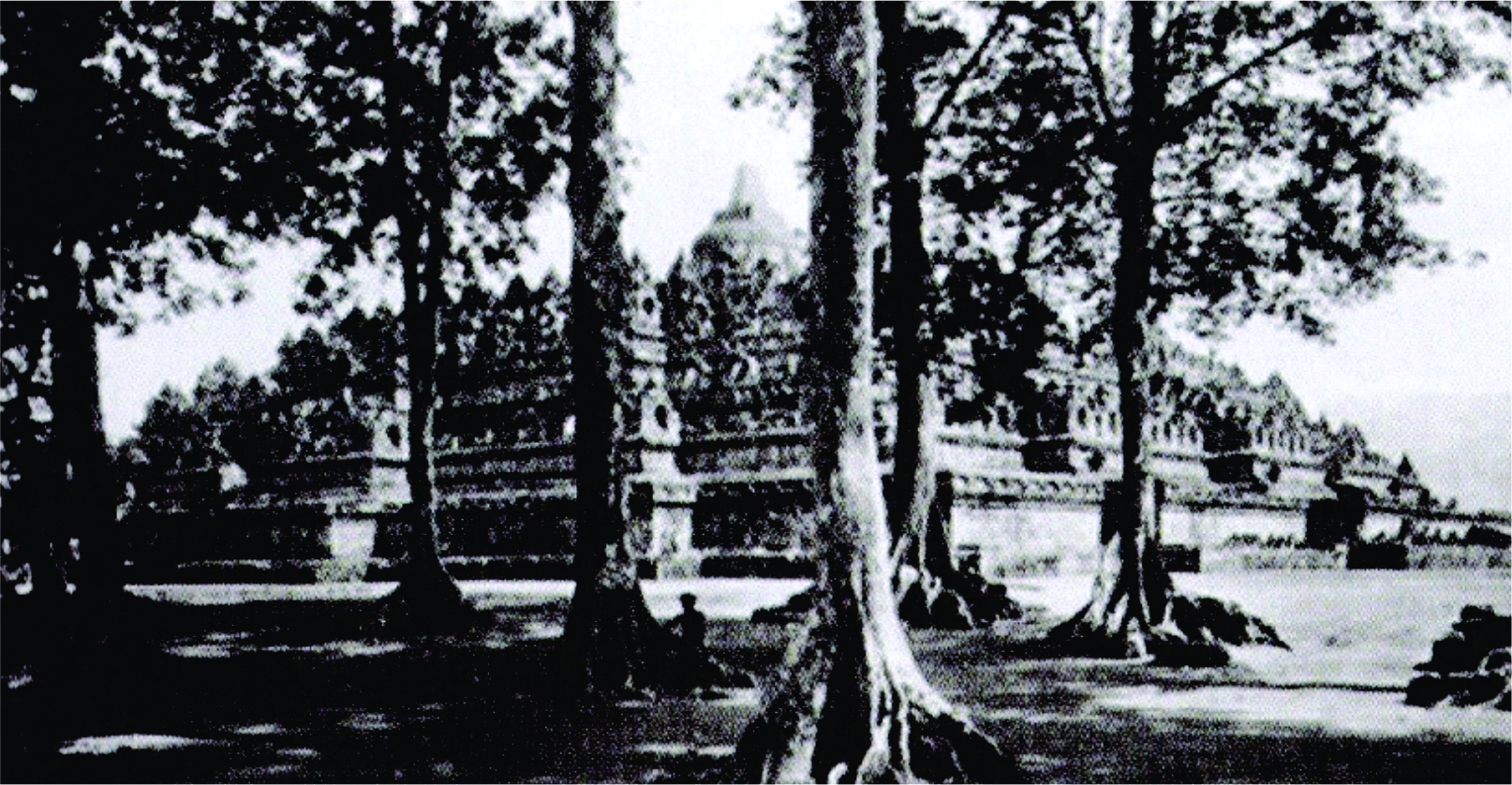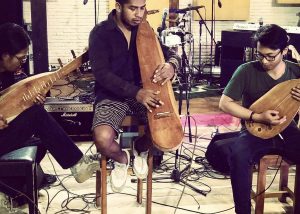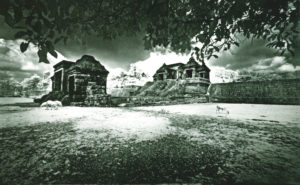Borobudur in the Colonial Period

At the end of the 19th century, President of the Yogyakarta Archaeological Society, Isaac Groneman, extract deeper into the religious context of Borobudur. He believes that Borobudur is a Buddhist sanctuary, but he needs authoritative support. Fortunately, at that time, King Chulalongkorn was on his way to Java heading to explore civilization. Then, Grooneman invites the king to Borobudur.
For Groneman, this is the beginning of friendship on the way to understanding the ancient Javanese heritage. For the Dutch East Indies colonial government, the noble visit brought about a different significance. As a sign of political friendship, the Dutch colonial government gave eight carts full of artifacts from Borobudur, including the guard statue of the Borobudur area found near the Dagi hill. The statue is very important because it is a guide to the location of the Buddhist monastery that once existed near the monument.
At that time, Borobudur became an image suitable for kings. And Borobudur hadith as a royal mark for the Dutch Kingdom at the world exhibition. Being a trade forum, the world exhibition became a colonial attraction until the 1930s. Archeology is viewed as a filler of the exhibition, as well as ethnology, zoology, and botany, as well as other disciplines. Tensions between professionalism and political interests unfolded in modern Java and other colonial areas in the early 20th century.
At the same time, archaeologists began to see this heritage from different angles. Preservation in place is even more important: the restoration of Borobudur becomes a necessity and is carried out by Th. Van Erp in 4 years, starting from 1907 to 1911. The work and the results, as well as the results of investigative support, were recorded in 1920, in a book with two parts and six volumes. This Book became the base of the Borobudur conservation study. Part of the significance is that it is an instrument in the submission of the second restoration of Borobudur done by the Indonesian government. The country gained its independence in 1945, through armed efforts and diplomacy, an achievement that gave national pride in the eyes of the world.
#indonesia #indonesiatourism #borobudur #prambanan #ratuboko
#wonderfulindonesia #temple #unesco #buddhist #java
#buddha #budhism #budhisttemple


